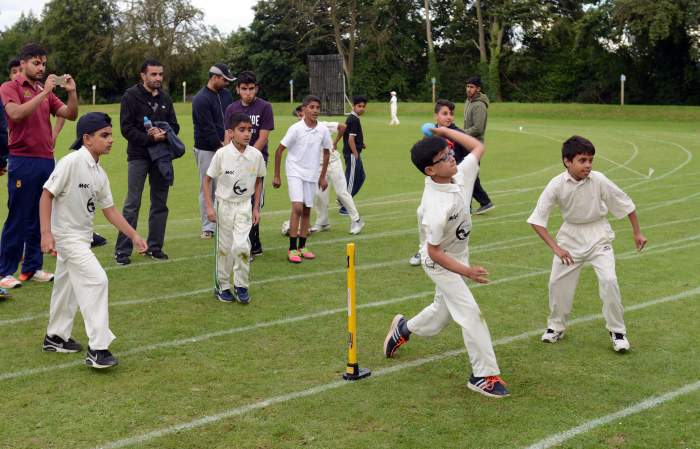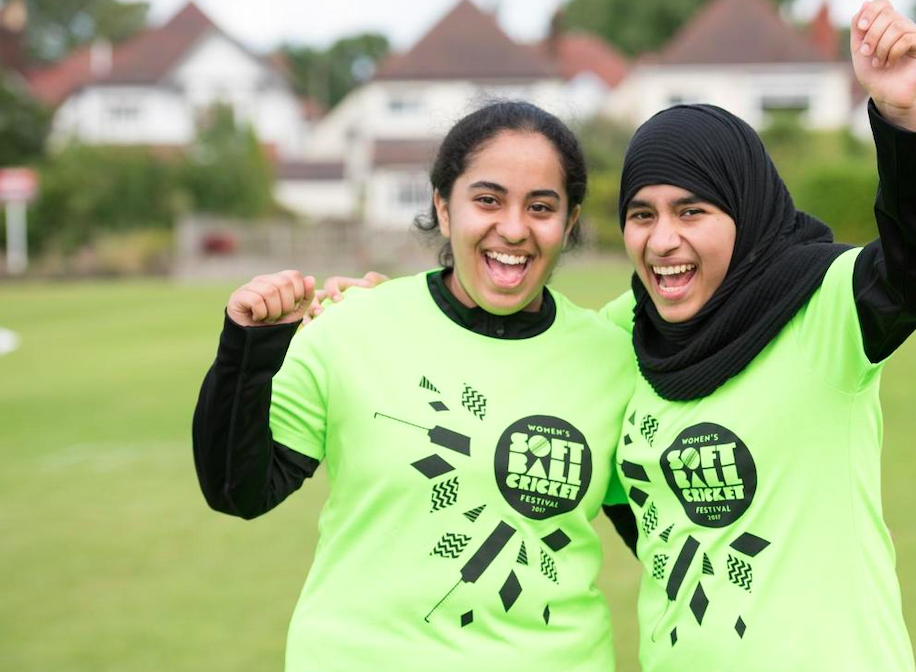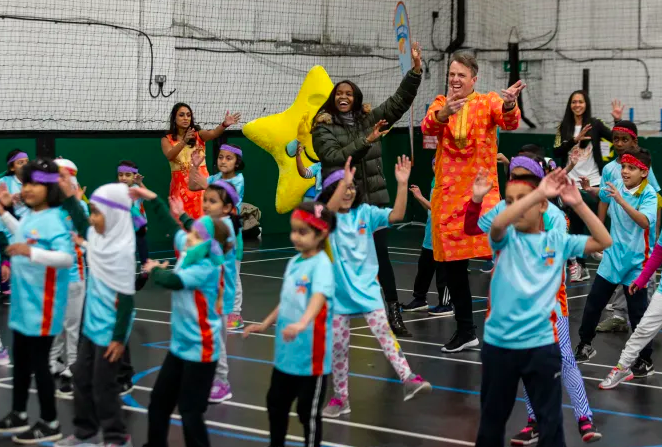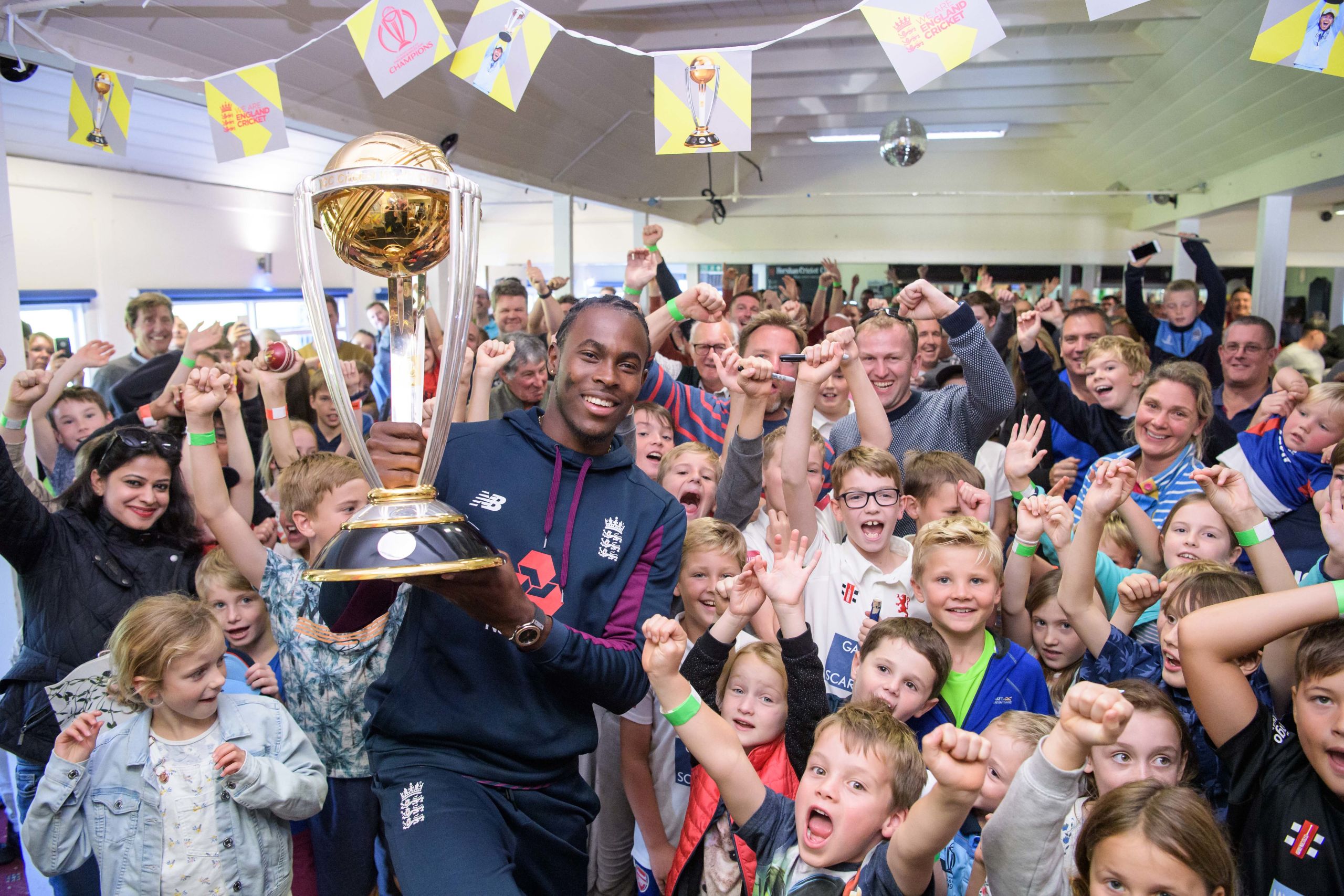Beyond the Boundary:
Still Too White
In part four Tom Simmonds investigates how culture clashes, a lack of investment and few role models has led to the lack of diversity in cricket today.

Cricket has an image problem in England. Despite large South Asian and African-Caribbean communities, cricket in England is still seen as an old, white man’s sport. Something which is not helped by the severe lack of representation within county cricket.
The South Asian community, in particular, has had serious issues in how it’s been engaged into cricket. Despite there being a large, typically cricket mad group the way cricket is organised in England hasn’t always suited the community as was pointed out by National Asian Cricket Council Chairman, Gulfraz Riaz:
“Saturday cricket in the traditional sense is a little bit more of the norm whereas the South Asian cricketing guys tend to play on a Sunday because they've got work commitments with taxi drivers or restaurants or businesses. So Sunday was their cricket day.”
This was backed up by research from the ECB where they found 58% of South Asian’s in England would rather play a T20 or shorter format of the game for their clubs with 1 in 5 also saying they struggle to find a place to play any suitable cricket at all.
The problems aren’t just limited to the grassroots game, county cricket has a severe problem with the lack of equality among the teams. Despite 30% of recreational players being South Asian, that falls off dramatically down to 4% in the professional game.
Gulfraz Riaz believes it can’t all be down to the ECB to fix the problems saying: “The real issues are at county level because it's not the ECB that determines if young Asians are going on to the professional pathway. It's the county academy and directors. So the issue lies there.
“There's a real difference between the cricket club and the county boards. The county boards are doing an amazing job in the communities. They're engaging, they're driving, they're doing absolutely beyond what they can or should be doing.
“They did some really good connectivity with the communities. But the county cricket clubs, the professional county cricket club. There's a massive disconnect there.”
The lack of equality persists off the field as well as less than 5% of coaching staff at the first-class counties are South Asian, and that’s something else that is impacting on the inequality of the players too according to Gulfraz Riaz: “You need an understanding setup.
“To understand the Asian culture that the diet or fitness all that kind of stuff they need to be moulded a little bit more. You know, and how easy has it been just to disregard an Asian kid because there hasn't been that understanding coach around.”
There are plans in place to improve it though with the ECB planning to establish a series of urban cricket centres, building or upgrading 100 turf and 1000 non-turf pitches in urban areas as well as refocusing the ECB T20 City Cup as a talent identifying tool to help address the 4% figure in first-class cricket.



Whilst there may be a South Asian Action Plan, other communities that need the help haven’t got a plan in place. Just 1% of players in the recreational game are African-Caribbean despite them accounting for 3.4% of the population.
There’s a number of possible reasons for it including the rapid decline in the status of the West Indies team, the fact there’s been very few significant moments from black cricketers for England since Alex Tudor’s 99 against New Zealand. There have been very few black players in an England shirt at all for quite some time. Since 1999 just three black cricketers have made their England debuts compared to nine players between 1981-1990.
Vithushan Ehantharajah, sports feature writer at the Independent, believes it may be too late to save the situation: “I fear not enough can be done. I think there's probably been about two generations of Afro-Caribbean cricket fans and players lost by, ultimately, being made to feel unwelcome by the English game.”
The numbers may also now be to low to justify any ECB involvement according to Dr Thomas Fletcher: “The ECB needs to emulate its South Asian Engagement Action Plan work with other groups, but justifying this is difficult because participation is currently too low to make such an investment.”
But whilst there may not be a dedicated plan, a potential solution may have fallen into the ECB’s lap in recent times. Jofra Archer could be the aid the ECB have been searching for, his starring role in the World Cup, eye-catching performances in the Ashes and his strong presence around the world has the potential to inspire others.
Co-Chair of the Race Equality and Diversity Forum at Leeds Beckett University, Dr Thomas Fletcher believes Archer could help inspire others in the African-Caribbean community: “Visual representation of black and minority ethnic (BAME) groups is important for inspiring BAME young people. This is not to say that BAME young people won't be inspired by white players of course, but the evidence tells us that role models who share certain characteristics - e.g., ethnicity - are important.”
His strong personality is also key according to Vithushan Ehantharajah: “The key I think with Jofra is that he represents a very specific and identifiable young black man. Not just someone of world-class ability but someone who is active on social media and not afraid to express himself and, well, just be him.”

One thing that may be able to draw in those from all communities was England’s World Cup win in 2019 and in particular the diversity that was a major feature of that side. Adil Rashid, Moeen Ali and Jofra Archer were all part of the successful squad and Eoin Morgan’s joking claim that they “had Allah with us as well” was a sign of how normalised the mix of backgrounds was, at least within the England set-up, but saying it in such a public environment could push the normalisation beyond that group of players.
“The key thing with Morgan’s press conference was it’ll have an effect on those outside the game and those in it who might have been unsure about being themselves in team environments” said Vithushan Ehantharajah.
The view towards the future can be a hopeful one as long as those in charge of the game keep pushing forward. If the South Asian Action Plan proves to be a success then the model must be rolled out to create bespoke plans for all communities.
Ensuring there’s BAME talent on the pathway for the near future is going to be imperative with a number of the current 4% approaching the swansong of their careers, the ECB have to find a way to keep the role models coming for those who need representation.

